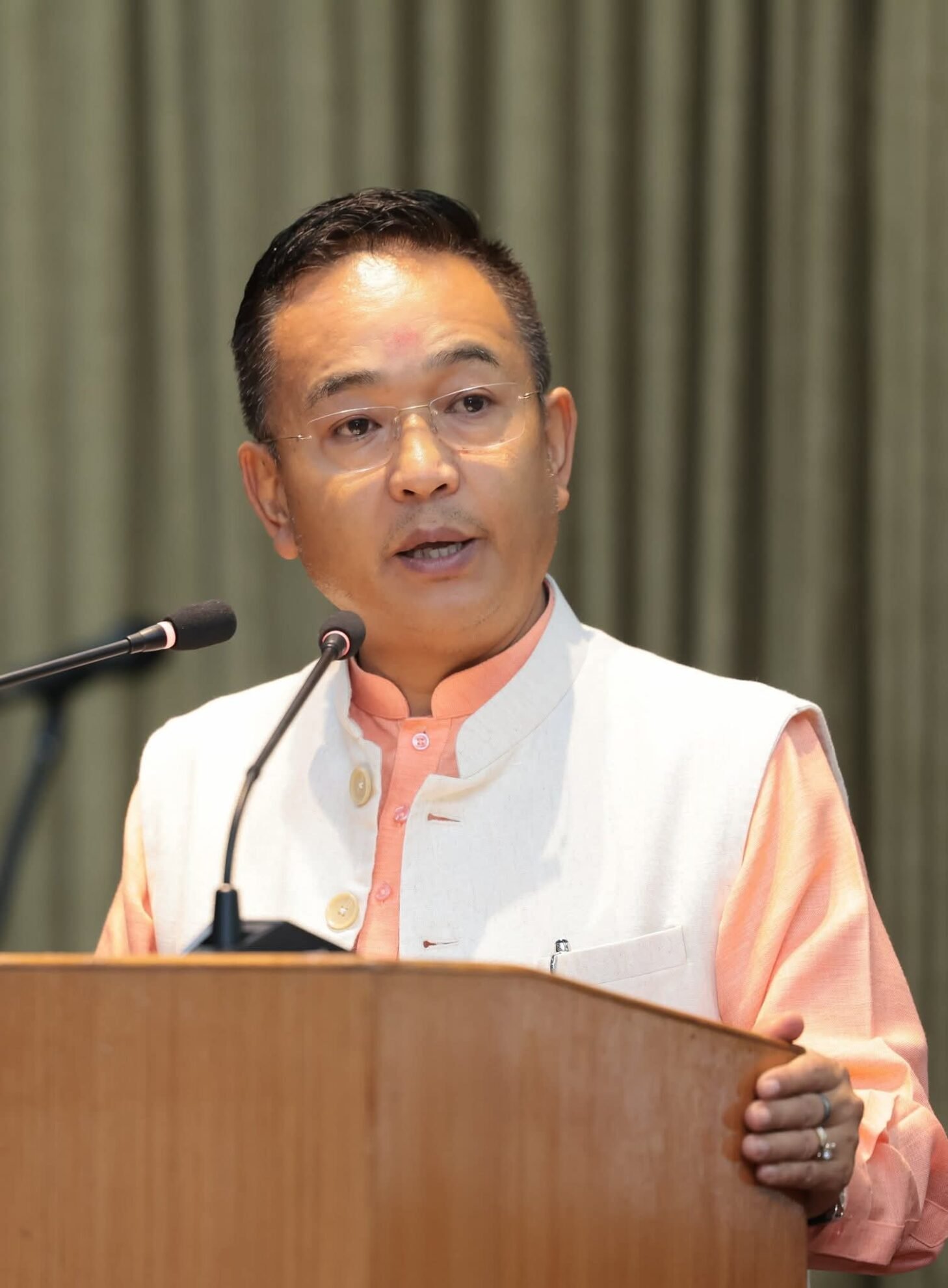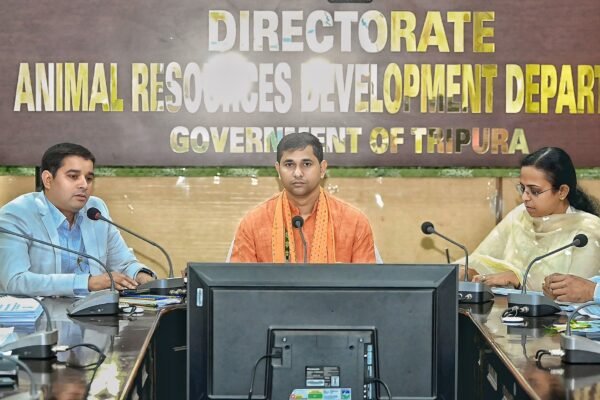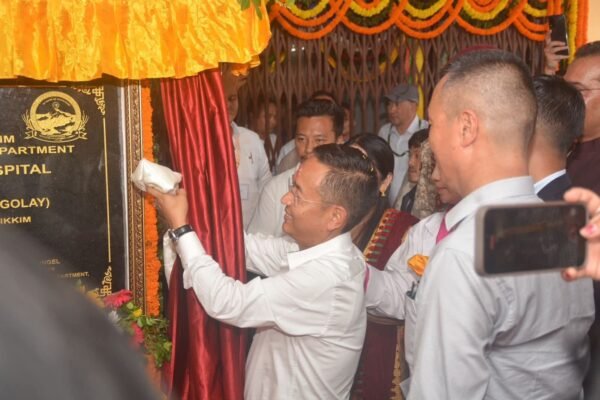Gangtok, July 8: In a historic first for the country, the Sikkim government has appointed eleven women from Self-Help Groups (SHGs) as Chairpersons of various government departments and one as Officer on Special Duty (OSD), marking a major step toward inclusive and participatory governance.
The appointments were made under the leadership of Chief Minister Prem Singh Tamang, fulfilling his commitment made during the SHG Bharosa Sammelan held in Jorethang on March 3, 2024. These positions were filled through democratic selection by the SHG members themselves.
The appointees and their respective departments include:
Ongkit Lepcha – Horticulture
Chumila Bhutia – Public Health Engineering
Lilly Rai – Agriculture
Nim Chiki Sherpa – Commerce and Industries
Bidya Biswakarma – Cooperation
Khus Maya Tamang – Water Resources
Kala Pradhan – Food Processing Industries
Doma Lepcha – Animal Husbandry and Veterinary Services
Shanti Limboo – Sikkim Consumer Cooperative Society
Mingma Lhamu Sherpa – Capacity Building, Skill Development Training, Youth Empowerment and Self-Reliant Board
Anuradha Gurung – Fisheries
Indra Kala Chettri – OSD, Panchayati Raj Department
With over 5,500 SHGs comprising nearly 55,000 women in the state, this is the first time in India that grassroots SHG members have been formally integrated into the administrative machinery at such levels.
The move is part of the state government’s wider commitment to women’s empowerment. Sikkim already has significant female representation, including three MLAs, a woman Deputy Speaker, a woman Deputy Mayor in Gangtok, and several women serving as Chairpersons, Advisors, OSDs, and Secretaries in various departments.
The initiative complements other pro-women policies like the Aama Yojana, Vatsalya Yojana, and Baini Yojana, which address the needs of women across all stages of life.
The government stated that this development reflects a shift from symbolic empowerment to structured representation, aiming to strengthen community-driven governance and ensure that women’s voices are actively involved in policy-making.









